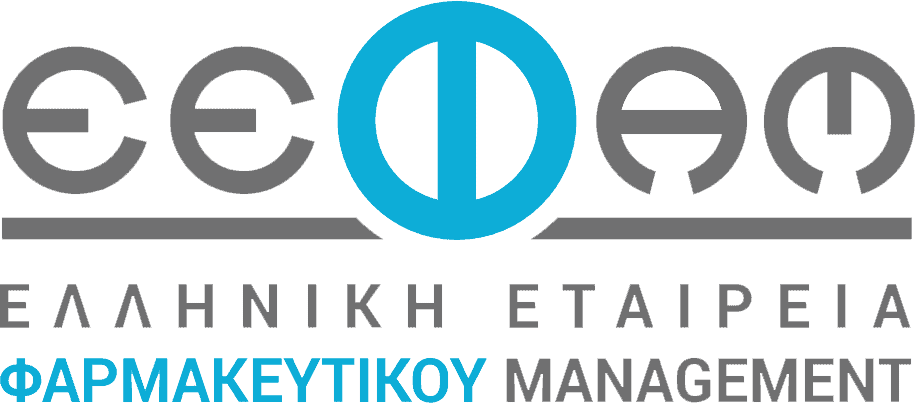Blog
Blog
The art of leading in the AI age

Advances in generative AI are provoking a flood of opinions about the technology’s effect on our working lives. When AI is said to improve everything from productivity to brand loyalty, it is tempting to assume that it can improve leadership, too. Maybe it could free up time for leaders to work on their relationships. Or help them become better at dealing with emotions and give real-time feedback during difficult conversations. So, is AI going to make for better leaders?
The short answer is that leadership is not a product of technology, so the technology itself can’t improve leadership. But technology can shape leaders, as we’ve seen throughout history. Indeed, there are three distinct periods when it comes to discussing technology and leadership, and each one has required a different kind of leader. In the first era, the premodern era—think preindustrialization—tools compensated for our weaknesses, and leaders needed to be subject matter experts who could master these tools for survival. In the modern industrial era, technology complemented our limited nature and helped improve our lives; leaders needed to be administrators who could use the technology to help us be more productive. The third era is the post–World War II digital era—whose offerings include AI—in which we have technology that is designed to overcome our limitations; and our leaders need to be what I call organizational midwives, guiding us through a working life that is defined more by what technology does for us than by what we do ourselves (see chart).
It was Martin Heidegger, a German philosopher, who identified the distinction between premodern and modern technology in his seminal 1954 lecture, “The Question Concerning Technology.” He made it clear that although different generations of technology have different ways of influencing human beings and behaviors, our fundamental purpose for using technology remains the same: to deal with the fact that we are limited creatures, thrown into this world without knowing why and for how long.
That’s probably not what a CEO, who is focused on delivering results, is thinking about every day; but in a very real sense, a good business leader is helping her teams cope with limitations using the technology on hand. Heidegger didn’t say anything about leadership in his lecture, but he did speak of a connection between the artificial and art that is useful in understanding how the role of leadership has evolved. In ancient Greece, “at the outset of the destining of the West,” Heidegger said, it was not technology or “the artificial” alone that bore the name techné. Art, understood as “the bringing forth of the true into the beautiful,” was also called techné. Like that of art, the role of leadership is not to make our lives easier but to remind us of the beauty of using ourselves and our limited time and resources in a meaningful way. To put our experience, knowledge, and skills to use, we need something (technology) to compensate, complement, and overcome our limited nature, and we need someone (a leader) to help us achieve goals that none of us would be able to achieve on our own.
Like that of art, the role of leadership is not to make our lives easier but to remind us of the beauty of using ourselves and our limited time and resources in a meaningful way.
Different eras of technology have called for different types of leaders, meaning that we look for different skills when we decide whether to follow someone. Although the different leadership styles were developed under different technological conditions, they are all present and necessary for organizations to succeed today in the digital era.
The premodern era: Leaders as subject matter experts
Ιn the premodern era, we looked for leaders who mastered their own use of tools, because the best bowman was the one who was most likely to kill a deer and thus help the tribe survive. This means that premodern leaders primarily act as subject matter experts or role models who use their own mindset and behavior to demonstrate that it takes time and effort to become really good at something, e.g., crafting and using a bow—or, to use a more contemporary example, developing and using AI in a responsible way.
In the digital era, the leader as a subject matter expert is typically a senior programmer who takes on the role and responsibilities of someone who helps everyone else understand the opportunities and risks of developing something that makes life easier in the short term, but more complex and difficult in the longer term. For example, I recently worked with a skilled software developer who always asked the same kind of questions when tasked with building a new feature on the platform we were designing together, questions such as, “If we do this, what will the user stop doing, and how will that impact her ability to do the job we want to help her do?” Leaders who play this role in their team or organization are painfully aware that everyone is relying on their experience and expertise. So they have a high degree of professional pride, and they spend a lot of time and effort keeping up to date on all relevant developments within their technological domain.
The modern era: Leaders as administrators
In the modern era, we looked for leaders who managed other people’s use of technology, because the best organizer was the one who was most likely to know who could handle which machines/technology, and thus help her coworkers thrive. This meant that leaders primarily acted as administrators who focused on creating the conditions for everyone else to use technology in a beneficial and responsible way.
In the digital era, the leader as an administrator is typically an experienced executive who takes on the role and responsibilities of someone who creates the systems, structures, and training for employees to use something in a way that benefits the organization. Technologist and policy expert Katherine Maher, who is also the former CEO of Wikimedia Foundation, gives an example of how to do that in her TED Talk from 2021. Instead of developing comprehensive systems that invoke the truth of how everything is and should be, she argues that we must ask: “What is the best we can know right now?”
Technology is evolving too quickly for single experts or companies to keep up, so instead of a truth that is obsolete before it is written down, Maher speaks of a “minimum viable truth” that evolves in constant collaboration between countless actors. Leaders who sustain a minimum viable truth in their organization spend time and effort keeping up to date on technology’s regulations, policies, and standards, making sure that the company’s rules and norms for how to use technology remain relevant and accessible for everyone.
The digital era: Leaders as organizational midwifes
In the digital era, we look for leaders who mediate between different reasons to use (or not to use) technology, because the best facilitator is the one who is most likely to make room for different needs and thus help her fellow human beings design their own lives. This means that leaders primarily act as organizational midwives who use their own experience and expertise to help others trust themselves—and one another—to do a job none of them could do alone.
In the digital era, the leader as an organizational midwife is typically a chief experience officer or a people leader who takes on the role and responsibilities of someone who nurtures a culture in which decisions on how something should and should not be used are made deliberately and intentionally by everyone. For example, in a previous strategy+business article, I shared how Teija Saari, who at the time was responsible for organizational development at Danish water-pump company Grundfos, worked systematically to create physical and virtual reflection spaces for large groups of people to ask one another questions about cross-organizational topics.
According to Saari, companies cannot build and deliver groundbreaking products unless they bring different people together to learn from one another. Basic human attributes such as curiosity, reflection, and a desire for learning should never be left to one single person, let alone a machine. Like Saari, leaders who play the role of an organizational midwife in their organization trust neither themselves nor minimum viable truths to single-handedly deal with the consequences of technological development. Instead, they trust everyone to put their experience, knowledge, and skills to use when determining if and, if so, how it makes sense to use a certain technology.
The leadership roles of subject matter experts, administrators, and organizational midwives serve as a reminder not to get so caught up in something that we forget the beauty of being someone who wants our lives to be meaningful. When we confuse something and someone, e.g., by suggesting that AI can help leaders become better at dealing with emotions, we forget that digital technology and leadership have conflicting purposes—one is to free up time, the other is to spend our limited time and resources in a way that makes sense for ourselves and our surroundings.
Leadership takes time
Time and effort are required to become any one of the three leaders described above. When we suggest that AI can improve leadership by freeing up time, we don’t acknowledge that great leaders—regardless of the role they play in their organizations—don’t need more time to take on the responsibility of their professional or organizational domain. They create the conditions for other people to use their knowledge and skills despite their lack of time.
Being short on time is not what makes leaders bad at dealing with emotions and difficult conversations—rather, it’s leaders’ desire to avoid an awkward situation that is the problem. So, instead of asking how to use technology to free up time, leaders who want to succeed in the digital era should embrace their limited time as the special feature that makes them—and their employees, colleagues, and customers—human. The best way to do that is to pay attention to the balance between our use of the artificial to compensate, complement, and overcome our limited nature, and our need for the artist to remind us to put our humanity to use. To practice the art of leading, it is never enough to ask how we can use technology. Leaders must also ask what technology prevents us from doing, so we can spend our time on the things that matter most.
In our pursuit of making our lives easier, we avoid doing hard things— such as thinking for ourselves and making our own decisions—and forget that they make our lives meaningful. Heidegger’s solution to this problem is simple: question technology. As he concludes in his lecture, “The closer we come to the danger [i.e., technology displacing humanity], the more brightly do the ways into the saving power begin to shine and the more questioning we become. For questioning is the piety of thought.”






